
Electric Bike Reflectors vs. Bike Lights: What’s the Difference?
To ensure cycling safety, using both electric bike reflectors and bike lights is essential. Reflectors passively reflect light, while bike lights actively illuminate your path. Combining both enhances visibility, especially in low-light conditions, making you safer on the road.
Understanding Bike Safety Reflectors
Bike safety reflectors are passive devices that reflect light. They don't produce their own light, but they are incredibly effective at making bikes visible to others when light—such as a car’s headlights—shines on them. Reflectors are commonly found on pedals, wheels, and the rear and front of bikes.
How Do Bike Reflectors Work?
Reflectors work by bouncing back light in the direction it came from. This happens through a special design of small prisms or beads inside the reflector. When light hits these prisms, it is reflected back towards the source, making the bike visible from a distance. This is particularly useful at night when visibility is low.
Types of Bike Reflectors
-
Front Reflectors: Usually white and mounted on the handlebars or front fork.
-
Rear Reflectors: Typically red and mounted on the seat post or rear fender.
-
Pedal Reflectors: Often amber or yellow, providing visibility from the side.
-
Wheel Reflectors: Usually placed on the spokes and can be either white or amber.

Each type of reflector plays a role in making the bike visible from different angles, enhancing overall safety.
The Role of Bike Lights
Unlike reflectors, electric bike lights actively emit light, making them essential for night riding or low-light conditions. They help cyclists see the road ahead and alert others to their presence. Bike lights can be divided into two main categories: front lights and rear lights.
Front Bike Lights
Front lights are crucial for illuminating the path ahead. They are usually white and vary in brightness. The brightness is measured in lumens, and the higher the lumens, the brighter the light. For city riding, a light with 200-600 lumens might suffice, but for off-road trails, you might want a light with over 1000 lumens.
Rear Bike Lights
Rear lights are generally red and serve to alert drivers and other cyclists of your presence from behind. They are crucial for safety, especially in urban areas with heavy traffic. Many rear lights have different modes, including steady and blinking, to enhance visibility.
Additional Features of Bike Lights
-
Rechargeable Batteries: Many modern bike lights come with USB rechargeable batteries, offering convenience and reducing waste.
-
Water Resistance: This ensures the lights function correctly in all weather conditions.
-
Mounting Options: Flexible mounting systems allow lights to be attached to various parts of the bike, such as the handlebars, seat post, or helmet.

Reflectors vs. Bike Lights: Key Differences
To help you understand the distinctions, here’s a quick comparison between reflectors and bike lights:
| Feature | Reflectors | Bike Lights |
| Light Source | Reflects external light | Emits its own light |
| Visibility | Passive visibility (depends on external light) | Active visibility (works in darkness) |
| Primary Function | Increase visibility from other vehicles | Illuminate your path and increase visibility |
| Power Source | None (requires no power) | Rechargeable battery or bike’s main battery |
| Maintenance | Low maintenance | Requires recharging or battery replacement |
Best Practices for Using Reflectors and Lights
To maximize safety, it's recommended to use both reflectors and bike lights. Here's how you can effectively integrate both:
-
Use a combination of steady and flashing lights: This makes you more noticeable in traffic.
-
Ensure all reflectors are clean and positioned correctly: Dirt and misalignment can reduce effectiveness.
-
Regularly check your lights and reflectors for damage: Replace or repair any broken parts immediately.

















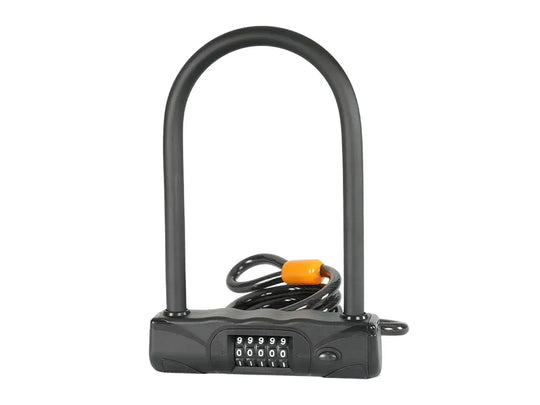

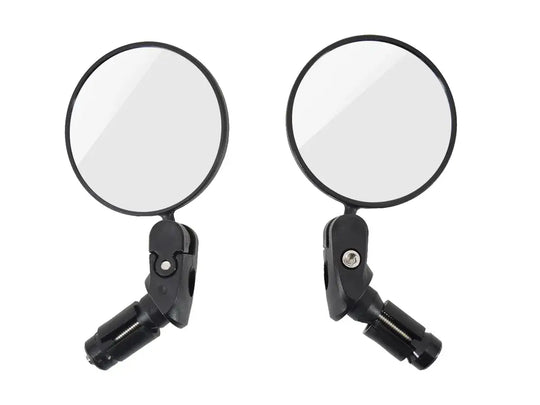

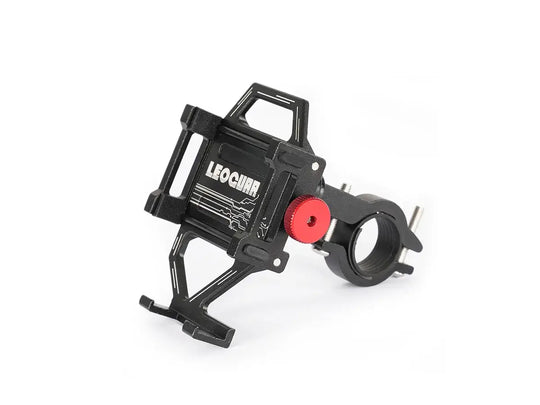




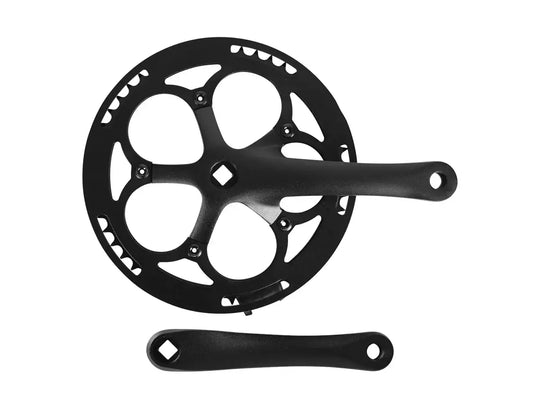
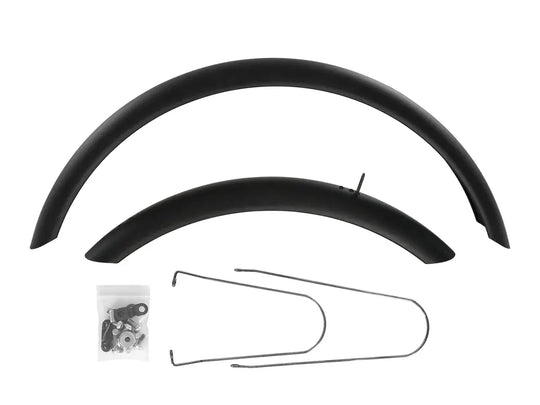
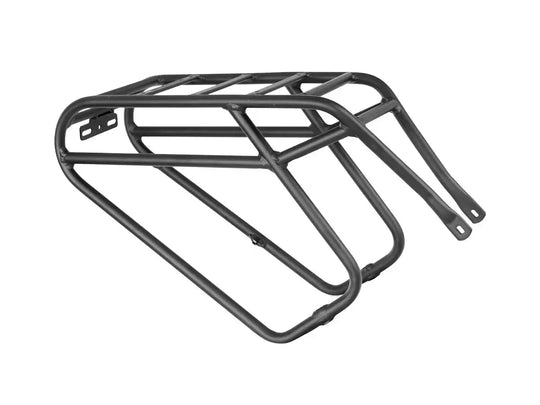
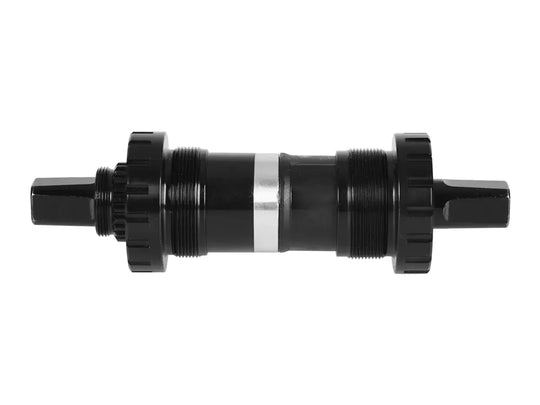

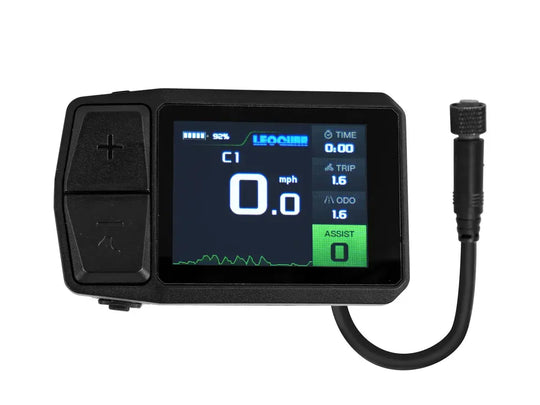
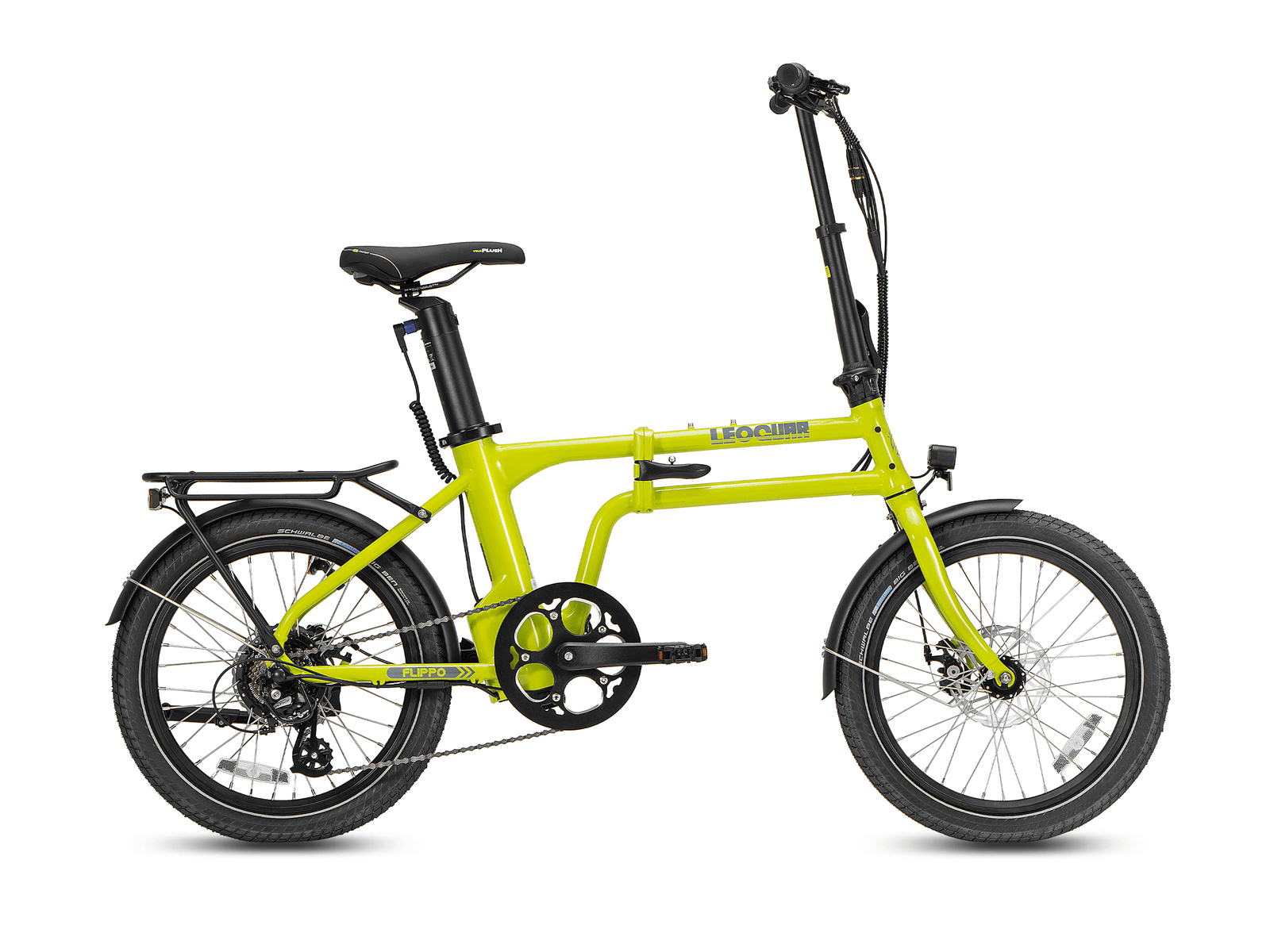








Leave a comment